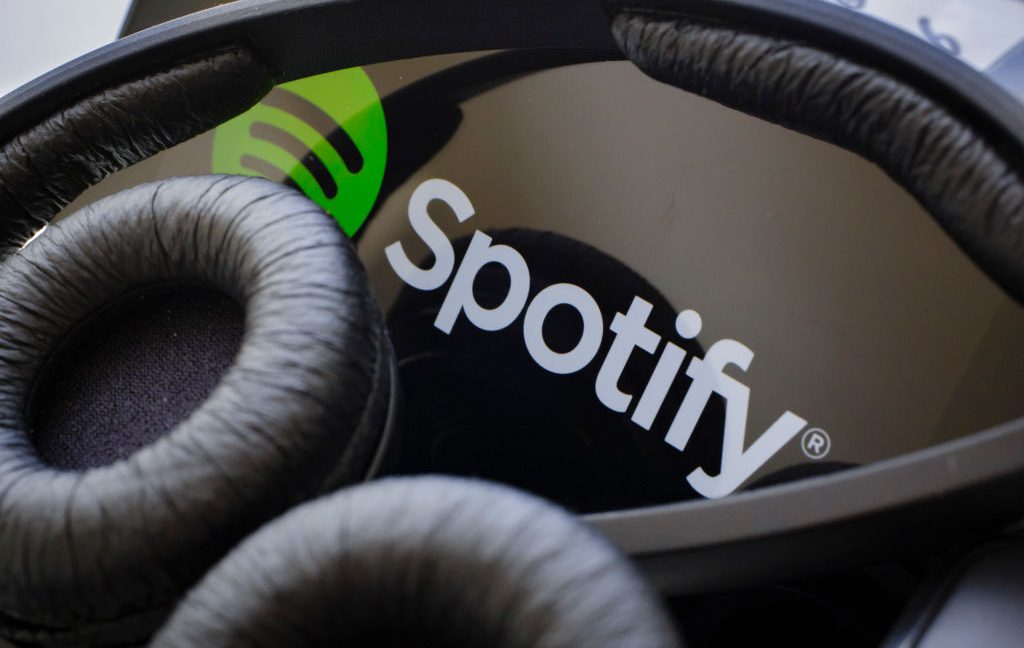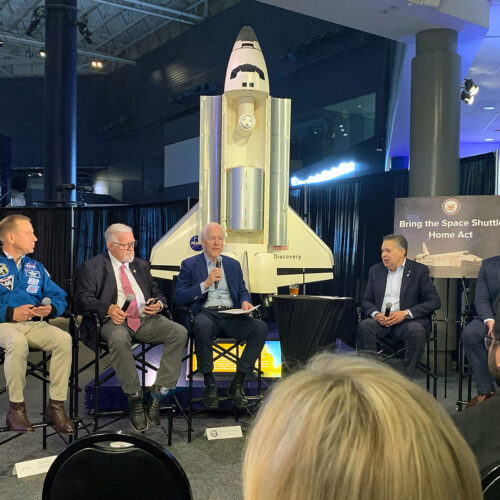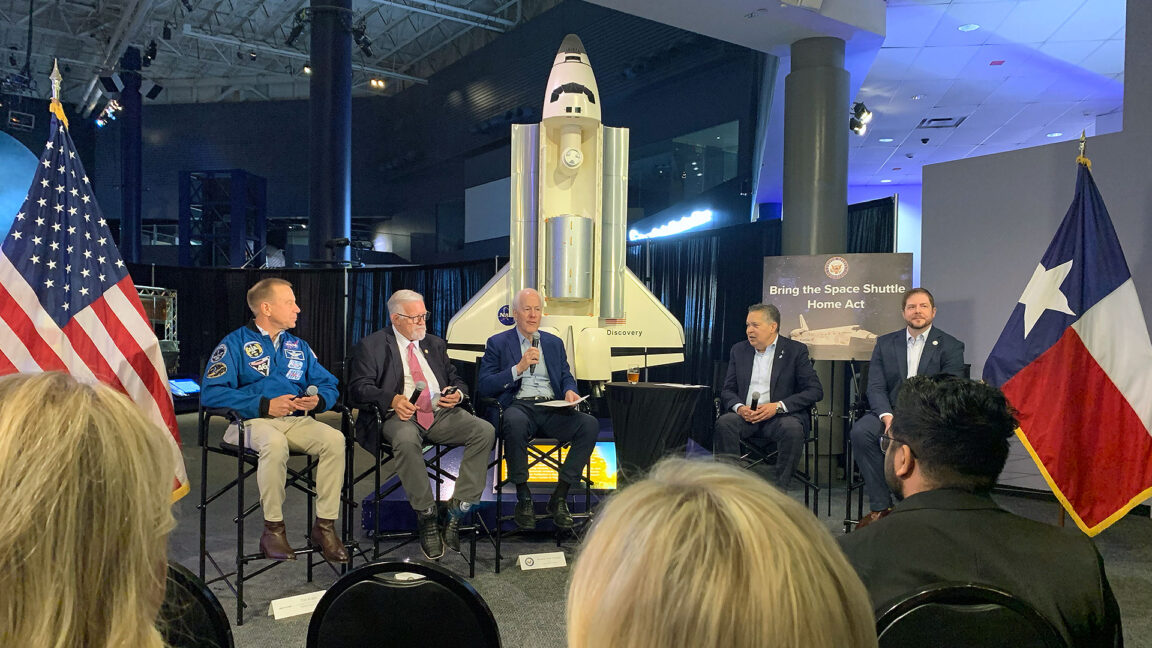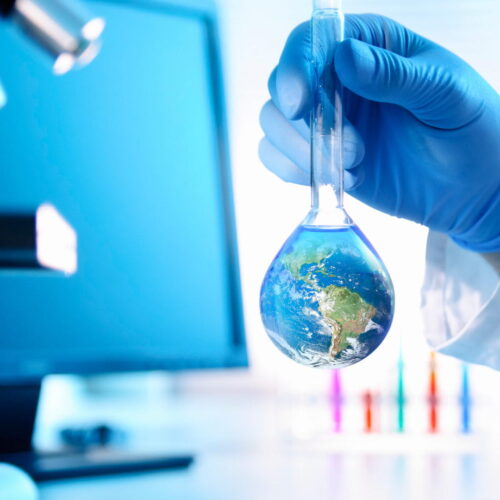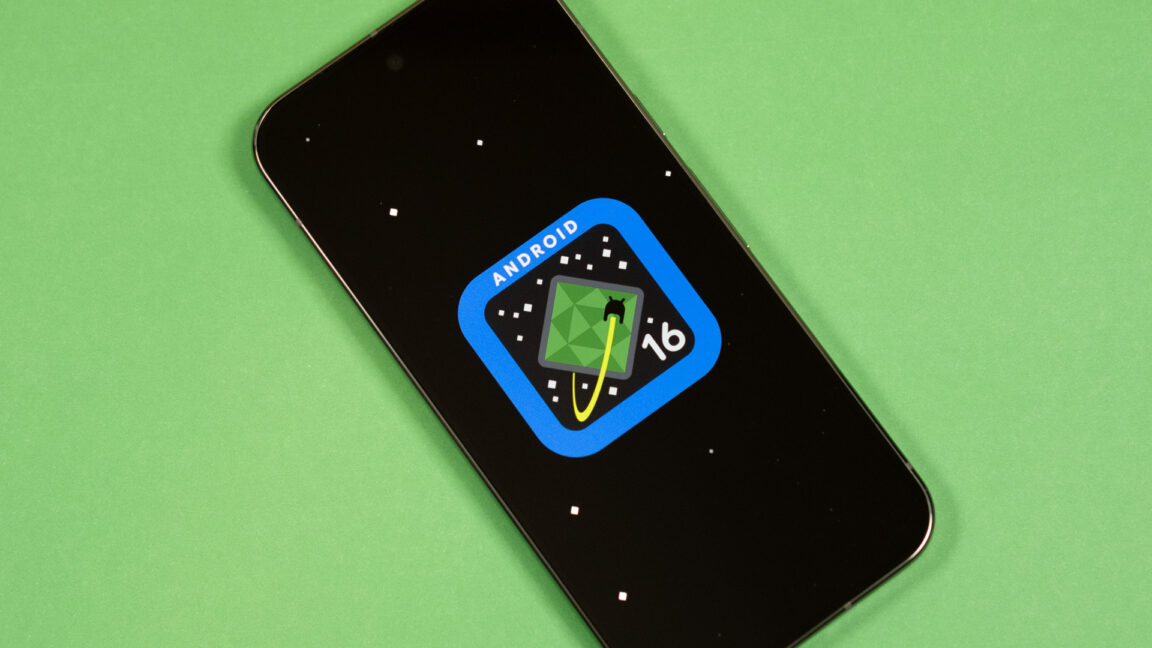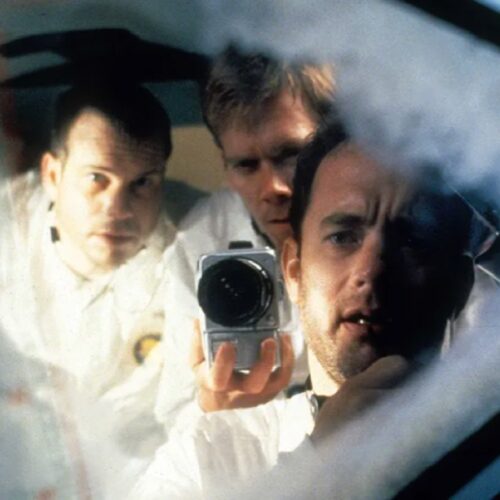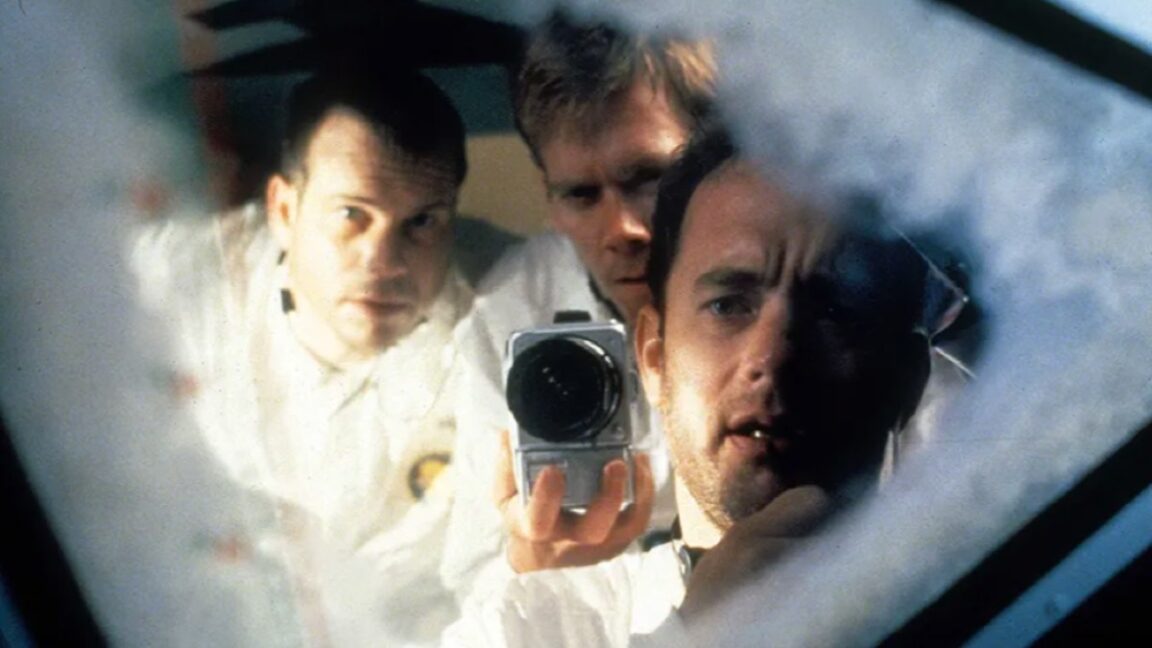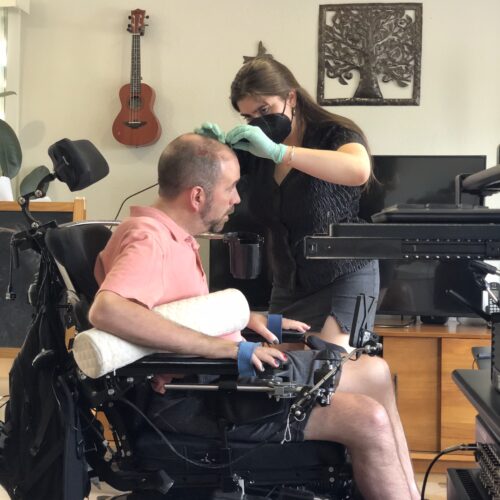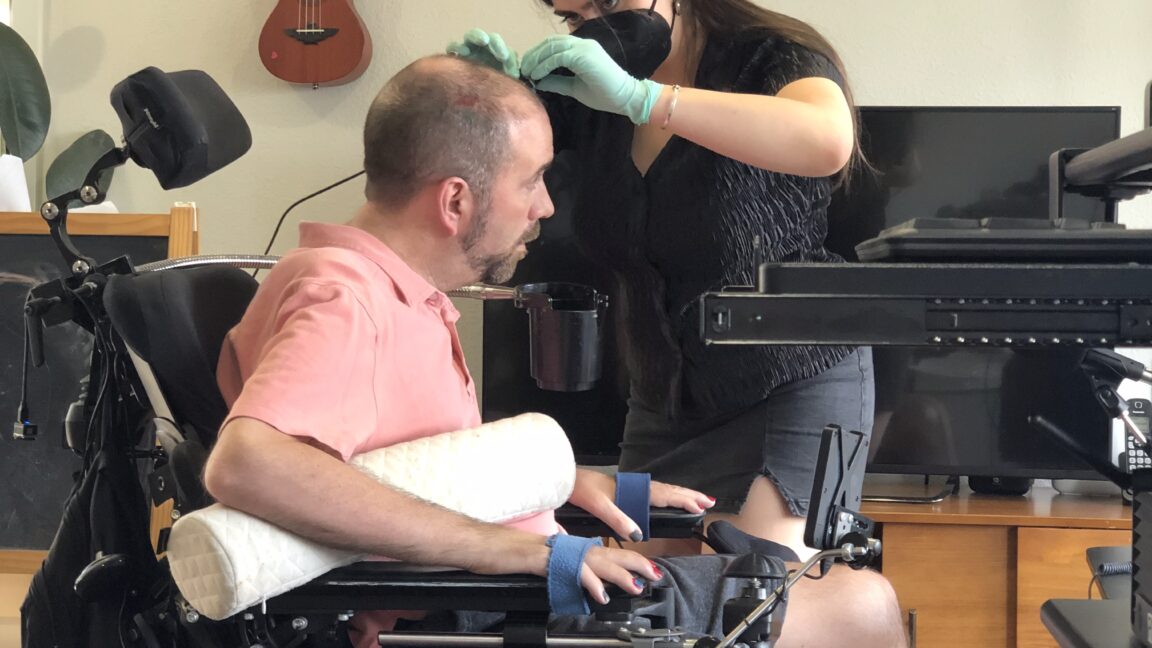Tuesday Telescope: A howling wolf in the night sky
In the 1800s, astronomers were mystified by the discovery of stars that displayed highly unusual emission lines. It was only after 1868, when scientists discovered the element helium, that astronomers were able to explain the broad emission bands due to the presence of helium in these stars.
Over time, these stars became known as Wolf-Rayet stars (Charles Wolf was a French astronomer, and helium was first detected by the French scientist Georges Rayet and others), and astronomers came to understand that they were the central stars within planetary nebulae, and continually ejecting gas at high velocity.
This gives Wolf-Rayet stars a distinctive appearance in the night sky. And this week, Chris McGrew has shared a photo of WR 134—a variable Wolf-Rayet star about 6,000 light-years away from Earth in the constellation of Cygnus—which he captured from a dark sky location in southwestern New Mexico.
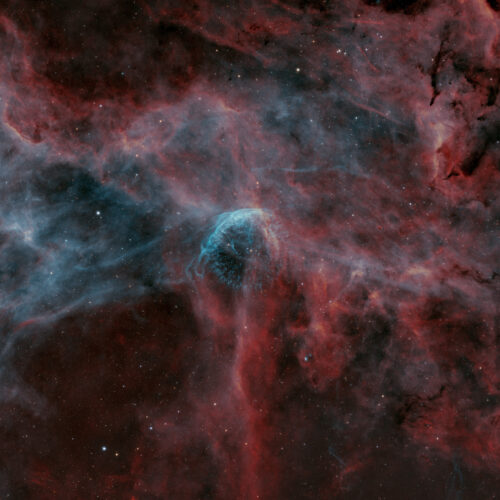

© Chris McGrew




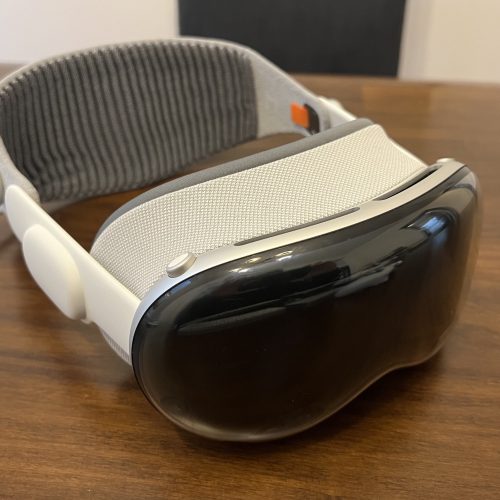
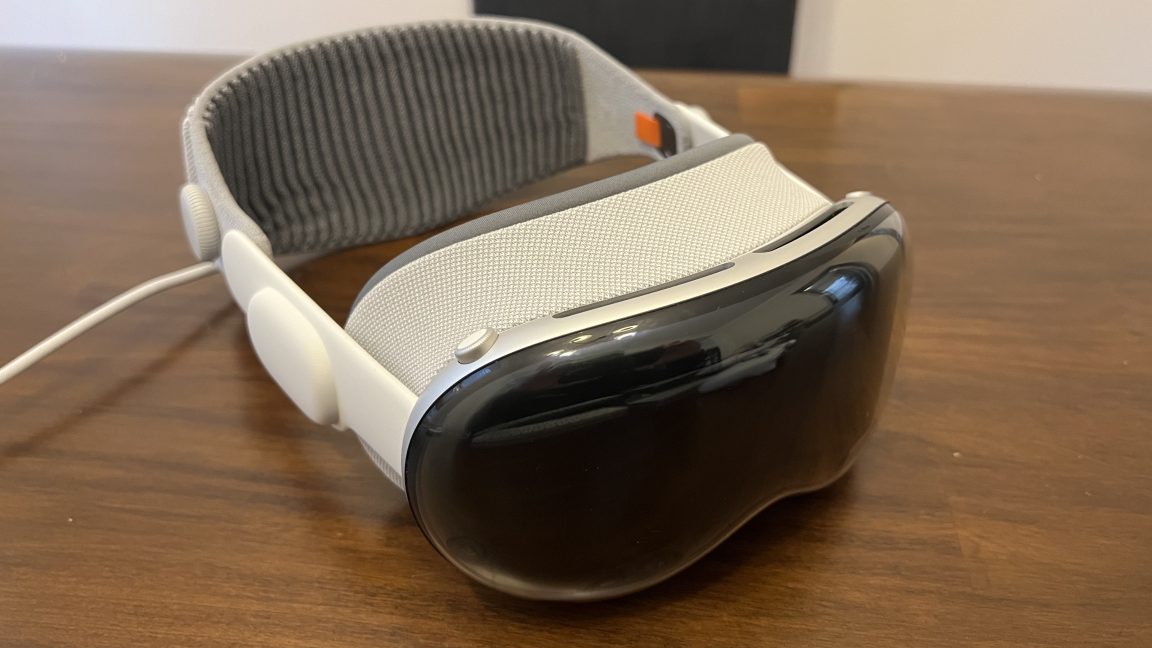
 Close-up image of an ancient wooden Egyptian falcon. Researchers have found a way to reproduce the blue pigment visible on the artifact.
Credit:
Matt Unger, Carnegie Museum of Natural History
Close-up image of an ancient wooden Egyptian falcon. Researchers have found a way to reproduce the blue pigment visible on the artifact.
Credit:
Matt Unger, Carnegie Museum of Natural History





